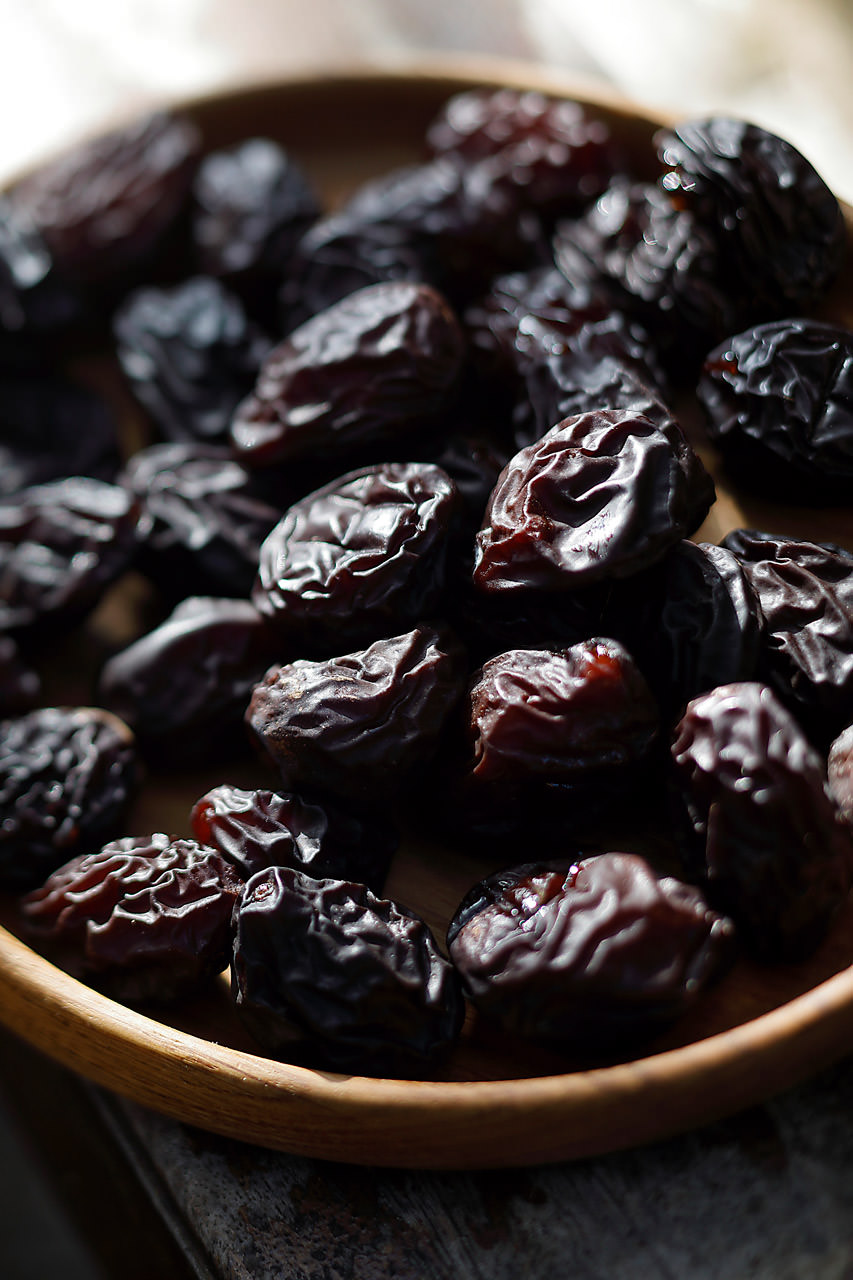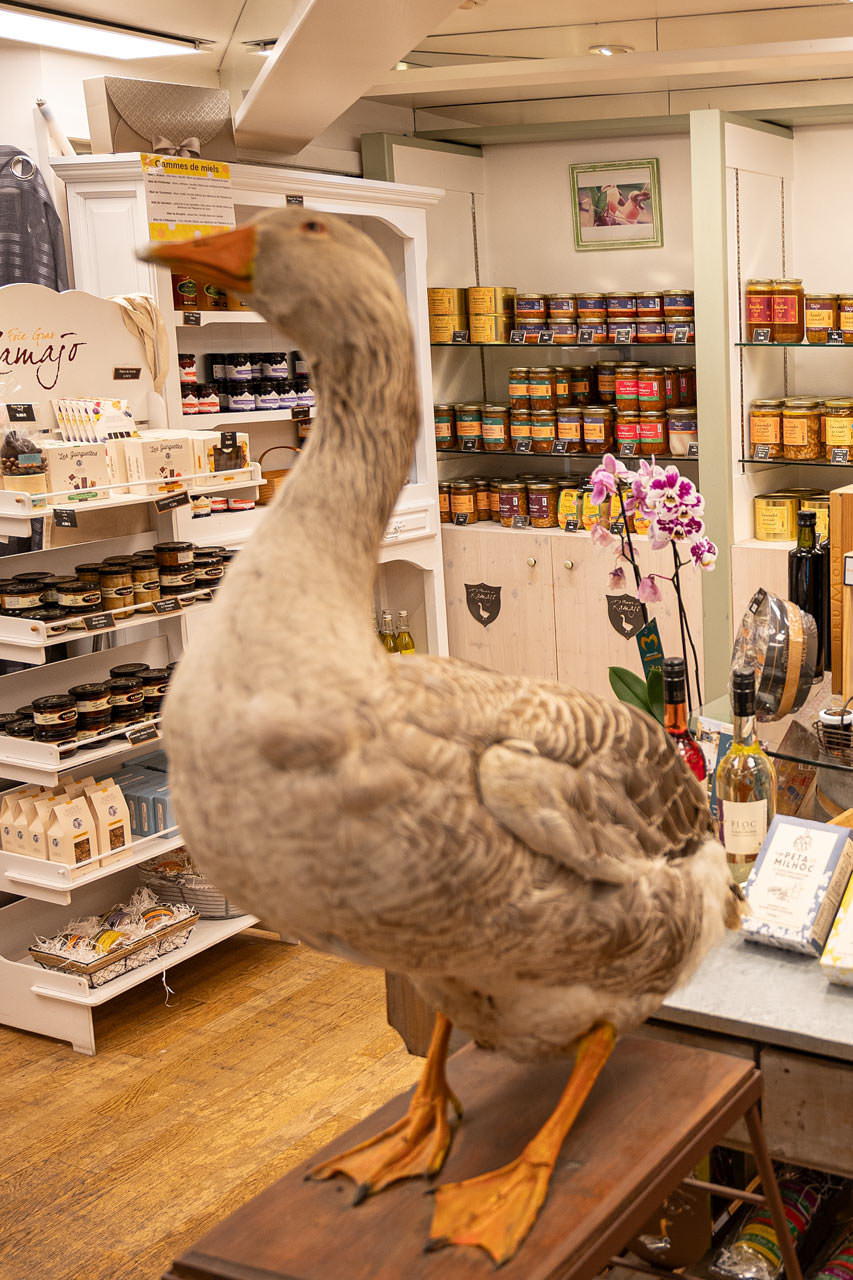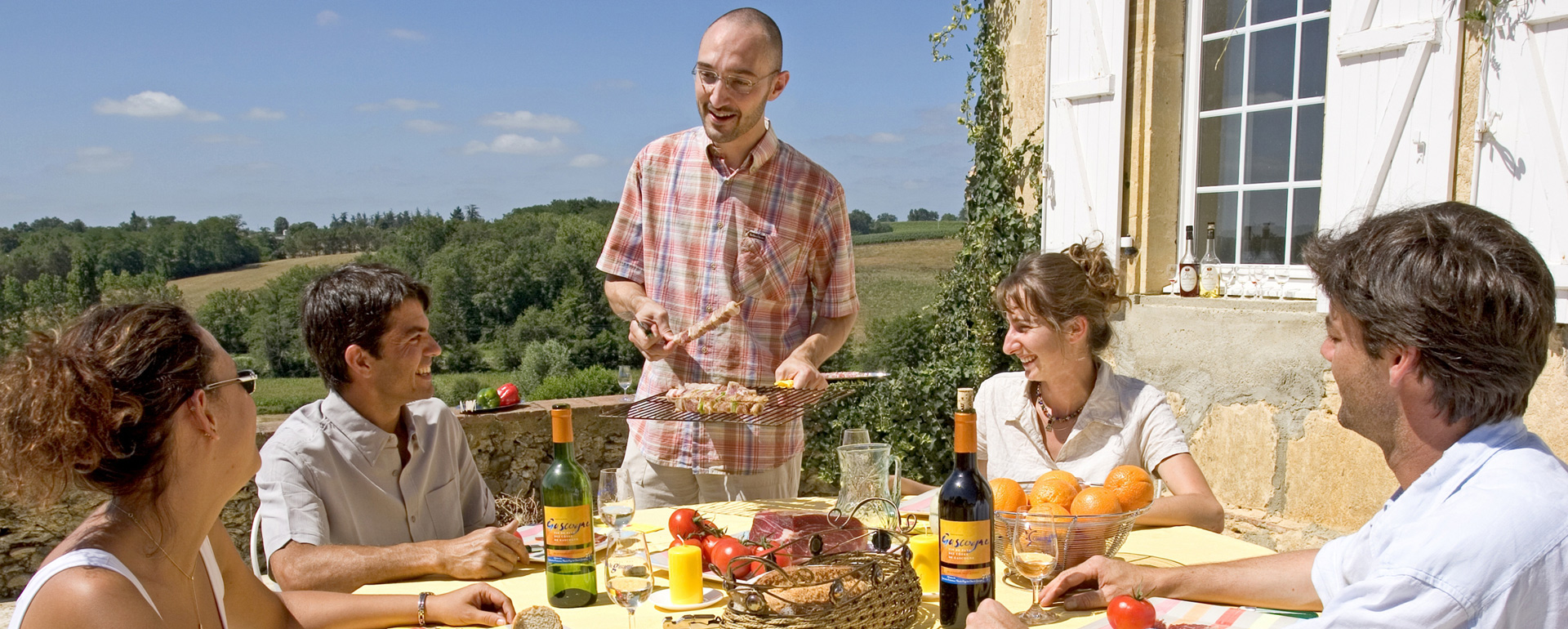
They say that the way to a man's heart is through his stomach, and that's certainly true of this farming and winemaking land deep in "Sud-Ouest Authentique". Food and drink are part of our legacy, they're in our blood, and the people who live here, like the fine epicureans they are, champion simple and honest fare made using quality ingredients.
Between your pre-meal apéritif and post-dinner digestif using the oldest brandy in France, Armagnac, our 8 wine designations make for fantastic food pairings throughout your meal.
Our proud producers love sharing their passion with visitors at farms, wineries, bustling markets, night markets or duck markets.
Get together and feast your senses at our restaurants, like the Michelin-starred eateries in Pujaudran and Agen, where chefs elevate local produce made with love and flair.
If you’ve got a taste for it then there are lots of courses and workshops to put your theory into practice! Unlock the secrets behind our signature foie gras, duck confit and sweet treats!
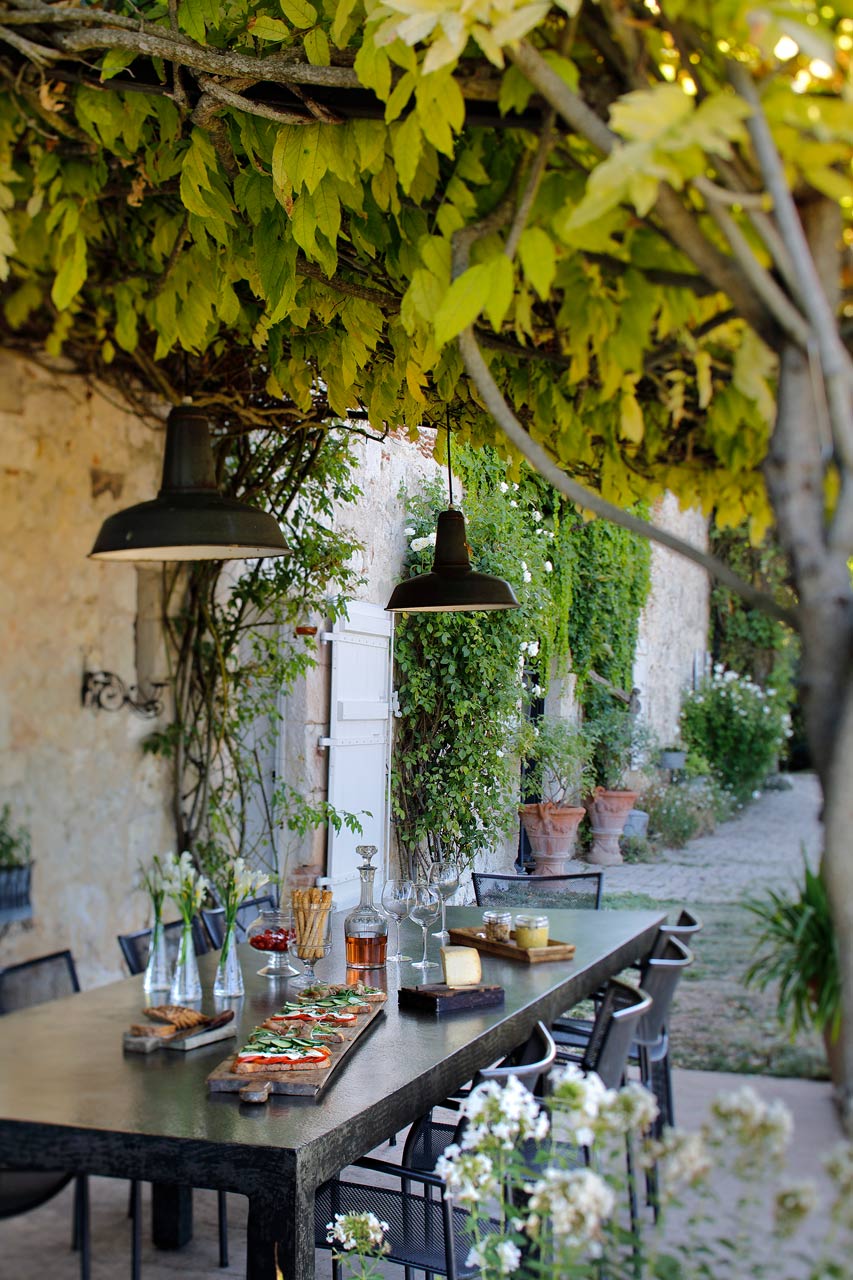
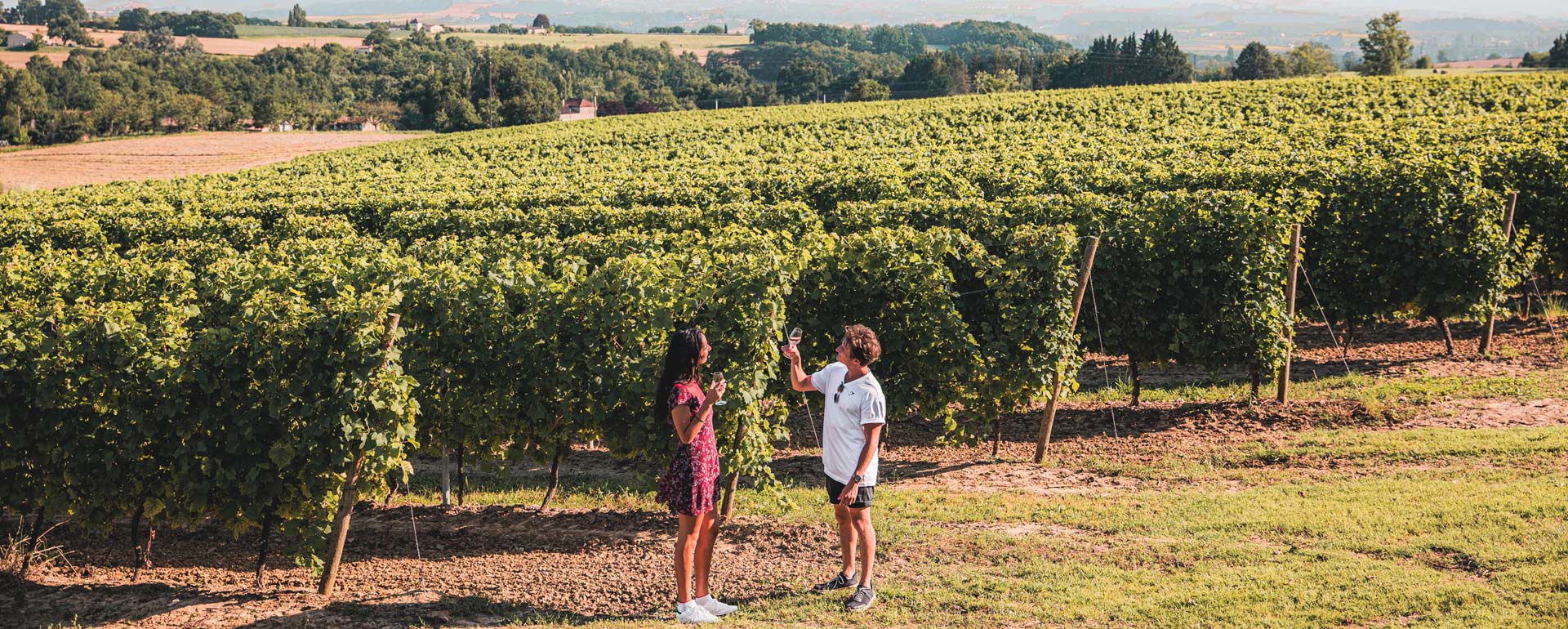
The best of three civilisations brought it to life: the region’s vines came from the Romans, the Arabs brought stills and barrels came from the Celts. The Armagnac designation is split into 3 production areas whose borders, coincidentally, form the shape of a vine leaf: Bas Armagnac, Armagnac Ténarèze and Haut-Armagnac.
And let's not forget Floc de Gascogne AOP, a sweet and refreshing apéritif made using a 16th century peasant recipe. Floc de Gascogne is the subtle blend of 2 parts grape juice to 1 part Armagnac from the same wineries. It comes in red or white and goes beautifully with melon, fresh fruit, foie gras, chocolate and desserts.
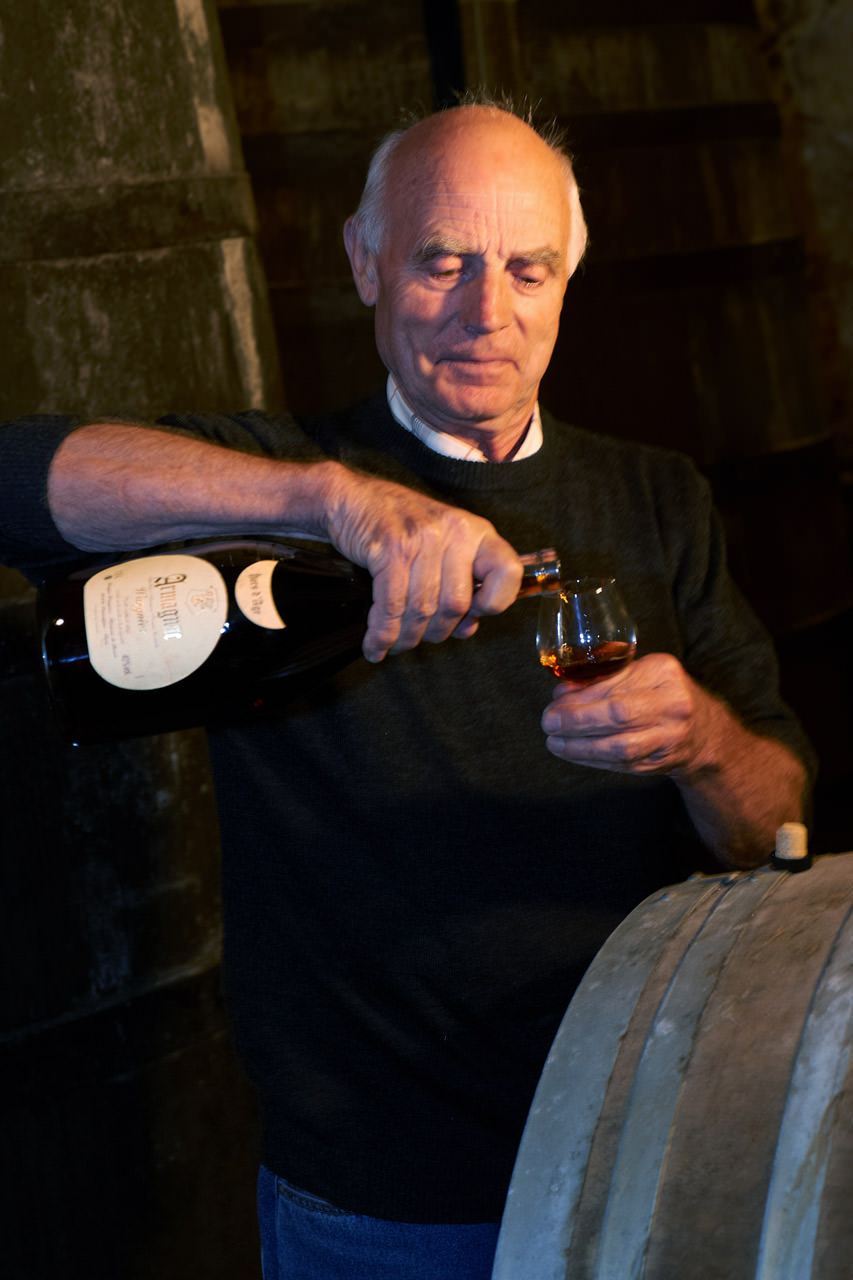
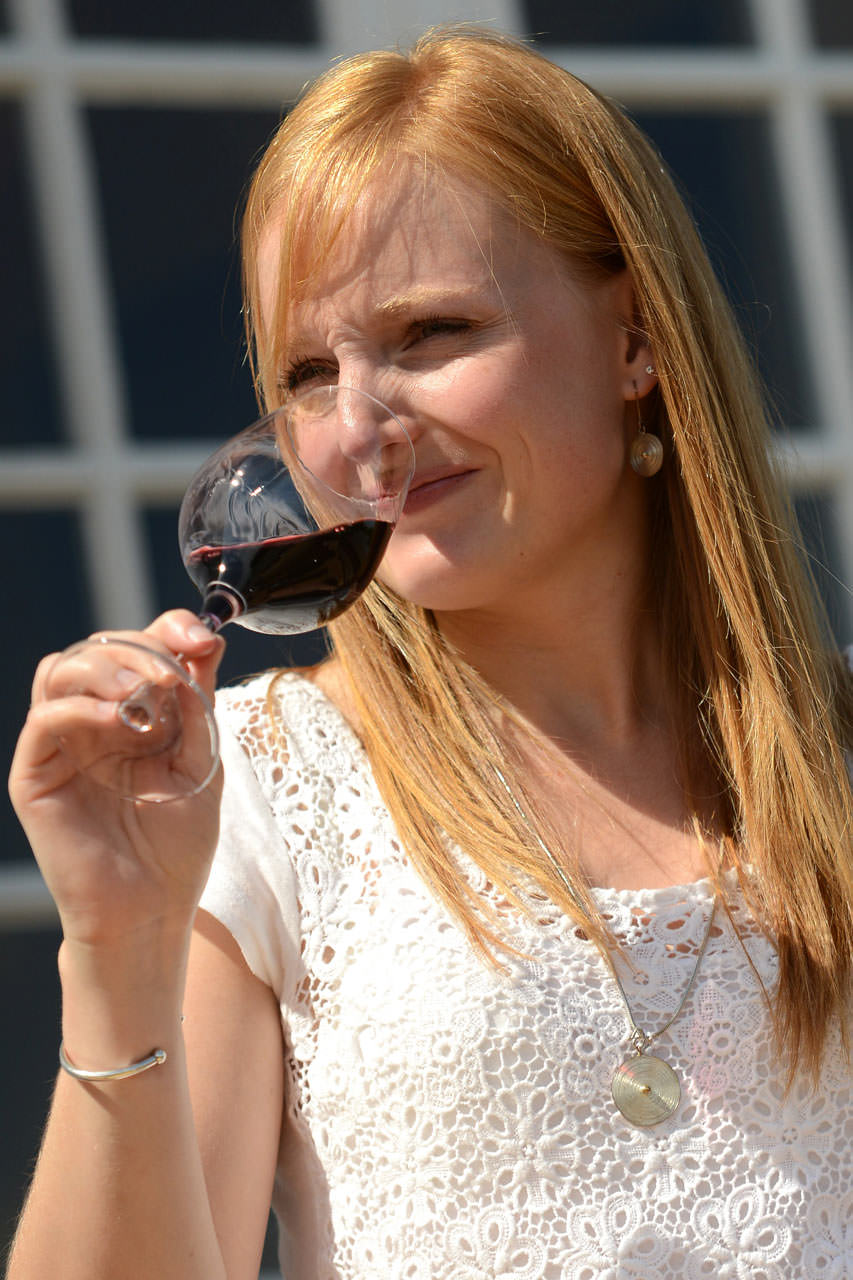
The destination is France’s kitchen garden and the only place to have such a wide variety of fruit and vegetables growing in it. That makes it ideal for shopping local and tantalising your tastebuds.
